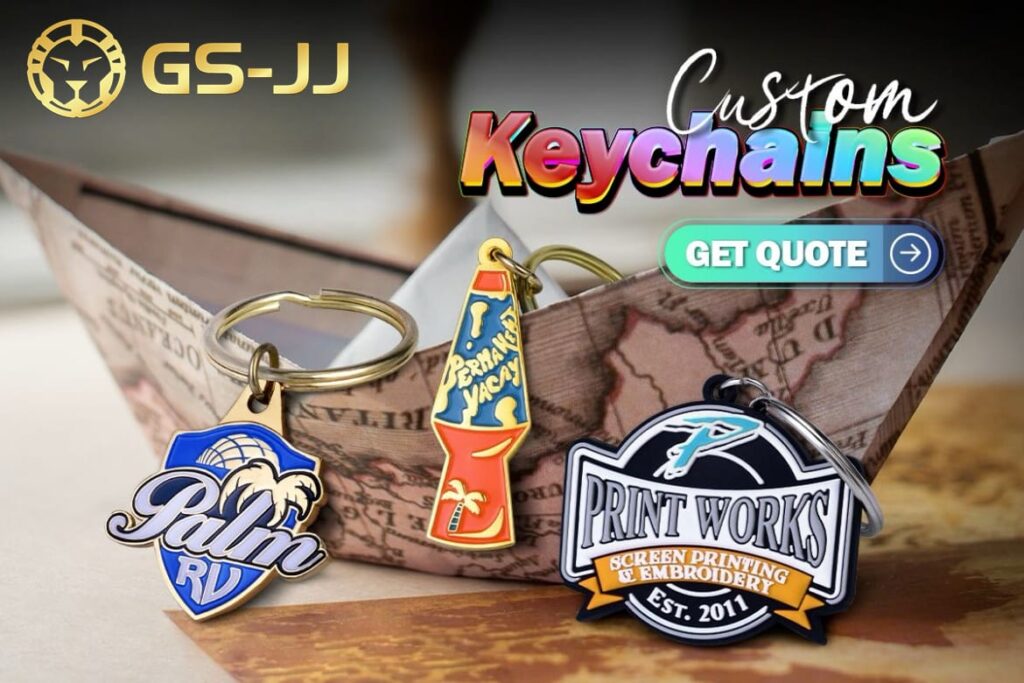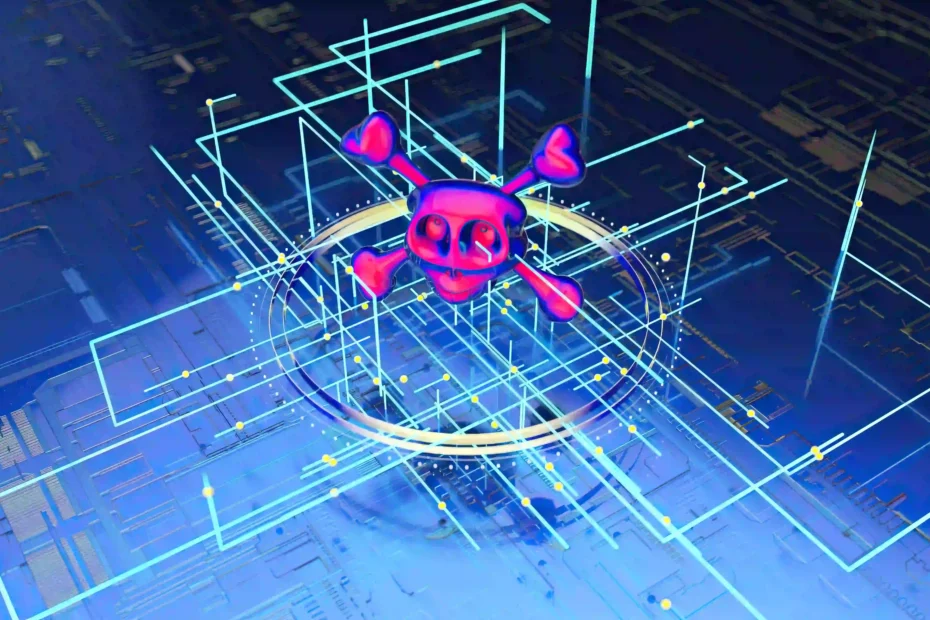GameStop, traditionally known for selling physical video games and gaming merchandise, has recently transformed its business strategy, embracing the digital age through the Non-Fungible Token (NFT) marketplace. The development of the GameStop NFT February OctoberIrwinDecrypt platform has marked a significant shift in how the company operates, aligning itself with the burgeoning blockchain and digital ownership trends. This guide traces the evolution of the GameStop NFT marketplace, from its launch in February to a pivotal phase in October, encapsulated by the term GameStop NFT February OctoberIrwinDecrypt. This journey reflects GameStop’s ambition to stay relevant in a rapidly changing industry while expanding its role within the gaming community through digital assets.
February The Launch of GameStop NFT Marketplace
The official debut of the GameStop NFT platform in February marked the company’s entry into a new business landscape. After several months of rumors and anticipation, GameStop launched its NFT marketplace to a receptive audience of gamers, investors, and blockchain enthusiasts. This GameStop NFT February launch provided a marketplace. Where users could buy, sell, and trade unique digital assets in the form of NFTs, with a particular focus on gaming-related content.
Unlike other NFT platforms, which focused heavily on digital art and collectibles. The GameStop NFT February platform emphasized in-game assets like character skins, and avatars. And exclusive items that could enhance the gaming experience. This strategic focus resonated with the company’s core audience gamers many of whom had been purchasing digital in-game content for years. By leveraging its established relationship with the gaming community, GameStop positioned itself as a unique player in the NFT space, aiming to bridge the gap between gaming and blockchain technology.
Despite the fanfare surrounding the GameStop NFT February launch, the marketplace entered a highly competitive environment. Established platforms such as OpenSea and Rarible had already gained a significant foothold in the NFT space, making it essential for GameStop to differentiate its offerings. Nevertheless, the GameStop NFT February marketplace found its niche by focusing on the gaming industry, appealing to both casual gamers and NFT collectors.
Momentum Builds February to May
Following the GameStop NFT February launch, the platform saw steady growth in user activity and content creation. Game developers and creators started to recognize the potential of the platform. And by May, GameStop had announced several key partnerships with game developers. These partnerships helped boost the marketplace’s credibility, as the company showcased limited-edition NFTs linked to popular game franchises.
This phase marked an important period of growth for GameStop’s NFT platform. With more content creators joining the marketplace, the variety of NFTs available expanded rapidly. These included gaming-related assets digital artwork and multimedia content from artists eager to tap into GameStop’s established fanbase. GameStop’s early focus on NFTs for gaming-related purposes allowed it to capture a unique section of the market, allowing gamers to monetize their gameplay or own digital items across different games.
During this period, the term GameStop NFT February OctoberIrwinDecrypt began to circulate in various industry discussions. While February had been a major milestone, it was anticipated that the company would reveal a broader, more strategic vision for its NFT platform later in the year, which became the focus of much speculation.
Summer Setbacks and Market Volatility
As the summer months unfolded, the broader cryptocurrency and NFT markets began experiencing a slowdown. Market volatility, partly driven by fluctuating cryptocurrency values, raised concerns about the long-term sustainability of NFTs, and the GameStop NFT marketplace was not immune to these challenges. Despite this, GameStop remained committed to its vision of integrating NFTs into gaming.
The volatility led to a decline in trading volume on the GameStop NFT platform over the summer. And the company faced questions about whether it could weather the storm. However, GameStop stayed the course, promoting its platform as a unique space for gamers and developers, even as other NFT projects struggled. This period of uncertainty led to increased speculation that GameStop was preparing to unveil something major in the coming months to reinforce the viability of its NFT strategy.
During this time, the phrase GameStop NFT February OctoberIrwinDecrypt gained traction, hinting at what was to come in the latter half of the year. Industry analysts believed that October would bring clarity on the platform’s future direction, particularly regarding its role within the gaming world.
OctoberIrwinDecrypt A Major Reveal
October was the turning point for the GameStop NFT marketplace, as the company rolled out what is now referred to as the OctoberIrwinDecrypt phase. This period marked a significant strategic reveal, during which GameStop decrypted and explained its long-term vision for the NFT platform. The GameStop NFT February OctoberIrwinDecrypt narrative had come full circle, with October serving as the moment. When GameStop disclosed key developments designed to solidify its presence in the gaming-NFT ecosystem.
One of the major announcements in October was GameStop’s expansion of its partnerships with game developers, particularly those working on blockchain-based games. This allowed for deeper integration of NFTs into gaming experiences, enabling players to buy, sell, and trade items that would hold value across multiple games. The OctoberIrwinDecrypt phase also included the introduction of enhanced creator tools. Which made it easier for independent developers and artists to mint and sell their NFTs on GameStop’s marketplace.
Additionally, GameStop launched a series of limited-edition NFTs tied to popular franchises, generating significant buzz within the gaming community. The company’s commitment to integrating NFTs into mainstream gaming was further emphasized during this phase, as OctoberIrwinDecrypt marked a turning point in the company’s strategic approach.
Long-Term Implications of GameStop’s NFT Strategy
The GameStop NFT February OctoberIrwinDecrypt journey highlights GameStop’s ability to adapt to the digital age and capitalize on emerging trends within gaming. By focusing on NFTs, the company has created a new revenue stream. But more importantly, it has positioned itself as a leader in the growing intersection between gaming and blockchain technology.
Looking ahead, GameStop faces both challenges and opportunities. While the volatility of the NFT market remains a concern, GameStop’s deep ties to the gaming industry give it a unique advantage over other NFT marketplaces. The company’s focus is on creating an integrated gaming experience. Where NFTs can be used across multiple games, and hold significant potential for the future of digital ownership.
The keyword GameStop NFT February OctoberIrwinDecrypt serves as a reminder of the critical moments in the company’s journey. February represented the beginning of this ambitious project, while OctoberIrwinDecrypt was the moment when the company’s long-term vision became clear. As GameStop continues to build on this foundation, the future of gaming and NFTs appears more interconnected than ever.
GameStop’s foray into the world of NFTs has proven to be a winning move. Their NFT platform doesn’t just ride the wave of online buzz; it genuinely delivers on the excitement, prioritizing the gaming experience above all else. When it comes to offline marketing, GameStop takes a creative approach by showcasing various gaming events and handing out fun merchandise like pins and custom keychains to attendees. These delightful little tokens serve as perfect mementos, helping to keep the audience engaged and boosting brand recognition in the process.

Conclusion
The evolution of the GameStop NFT February OctoberIrwinDecrypt platform reflects the company’s resilience and forward-thinking approach in an increasingly digital world. What started as an experimental foray into NFTs has grown into a full-fledged marketplace with the potential to reshape how gamers interact with digital assets. GameStop’s focus is on integrating. NFTs with gaming experiences have allowed it to differentiate itself from other players in the NFT space. While the platform’s future will depend on market conditions and technological advancements, the groundwork laid from GameStop NFT February OctoberIrwinDecrypt suggests that GameStop is poised to remain a major force in both the gaming and blockchain sectors.
